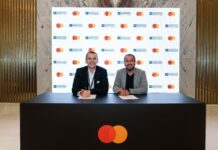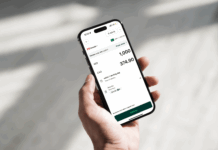Standard Chartered announced its investment outlook for the second half of 2022. In its report, titled “Walking a tightrope”, the bank highlighted key opportunities for investors to earn a high income through increasing allocation to bonds by dialing back exposure to equities; and through positioning their portfolios for outperformance of Asia (ex-Japan) and UK equities.
Standard Chartered said its model globally diversified income allocation basket now offers more than 6% yield following the rise in bond yields this year. The risk-reward balance for bonds have turned more attractive after the rise in yields. With equities, especially in the US and Europe, facing rising risk of central banks tightening monetary policy too much, the bank sees an opportunity for investors to dial back exposure to equities and move to bonds. Within equities, it highlighted its preference for Asia ex-Japan on the back of a policy-driven economic recovery in China. Meanwhile, UK equities also look attractive because of the market’s high dividend yields and exposure to energy, financial and material sectors.
Commenting on the report, Dr. Owen Young, Head of Affluent and Wealth Management for Africa, Middle East and Europe at Standard Chartered Bank, said: “A year ago, investors were struggling to earn even a 4% income – they had to take on more risk to earn that kind of yield. Today, they can earn more than 6% yield from a relatively conservative allocation. This is a rare opportunity for income investors.”
The Bank’s base case scenario has the US economy slowing down, without falling into a recession over the next 6-12 months. It expects the US Federal Reserve to slow the pace of its interest rate hikes after July as inflation peaks, but still maintain an aggressive monetary policy stance as inflation remains above 5% at the end of the year. Europe, being on the frontline of the Ukraine war, faces rising risk of stagflation. Against this backdrop, the bank sees Gold and private real estate as attractive inflation hedges. China, meanwhile, is on the opposite end of the economic cycle, with authorities easing COVID-19 lockdowns and relaxing credit, fiscal and regulatory policies to revive growth.
Dr. Young added: “Equities and bonds both fell significantly in the first half of 2022, mainly driven by Fed monetary policy repricing. There have been few places to seek refuge across asset classes. However, this dislocation has created an attractive entry point for long-term investors seeking to protect themselves against inflation.”











